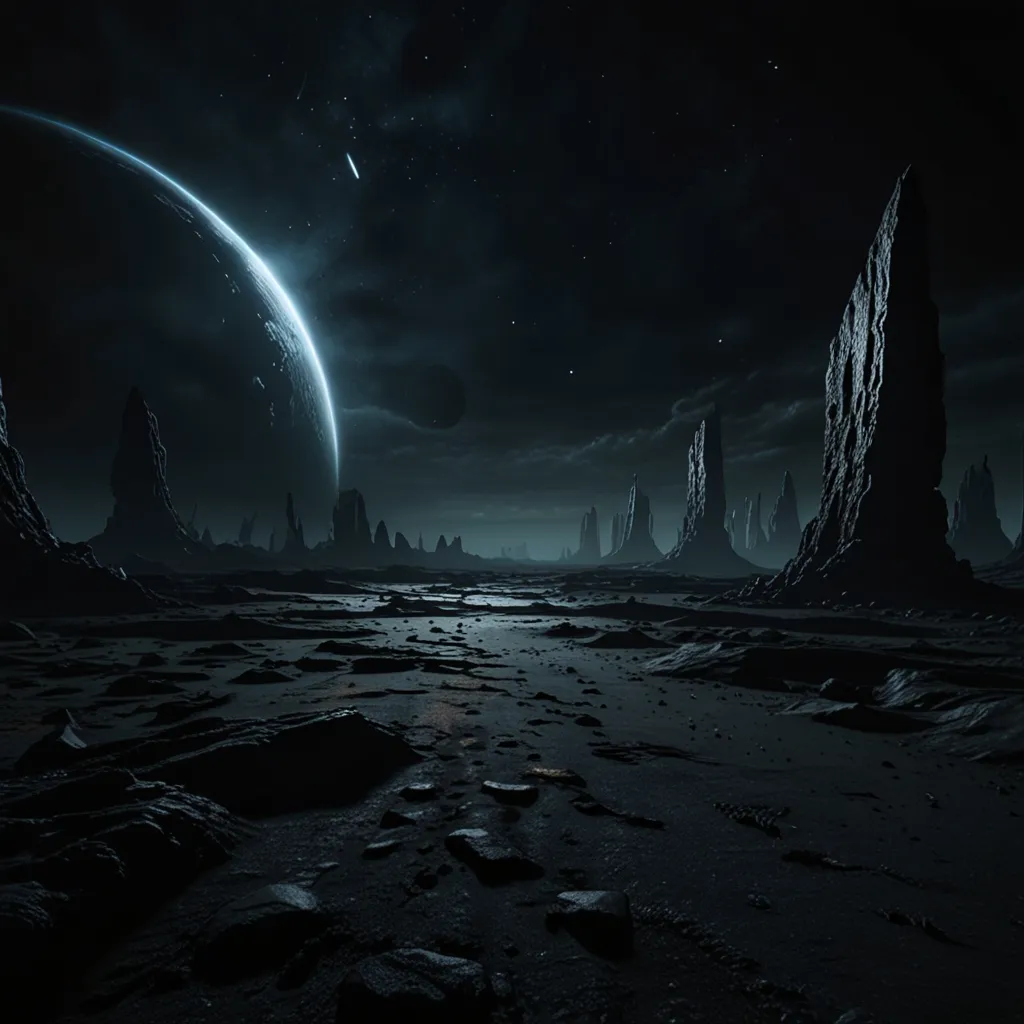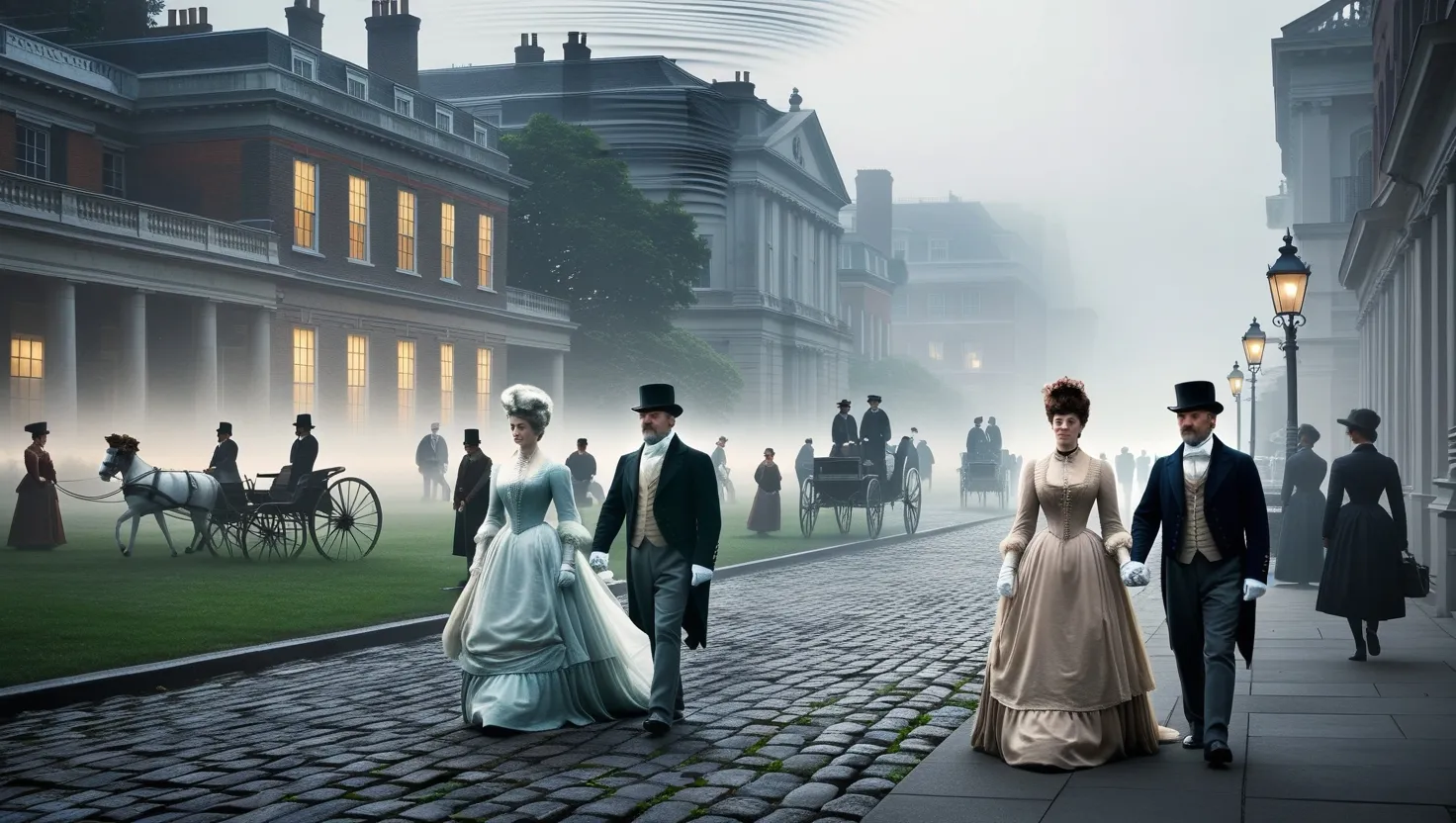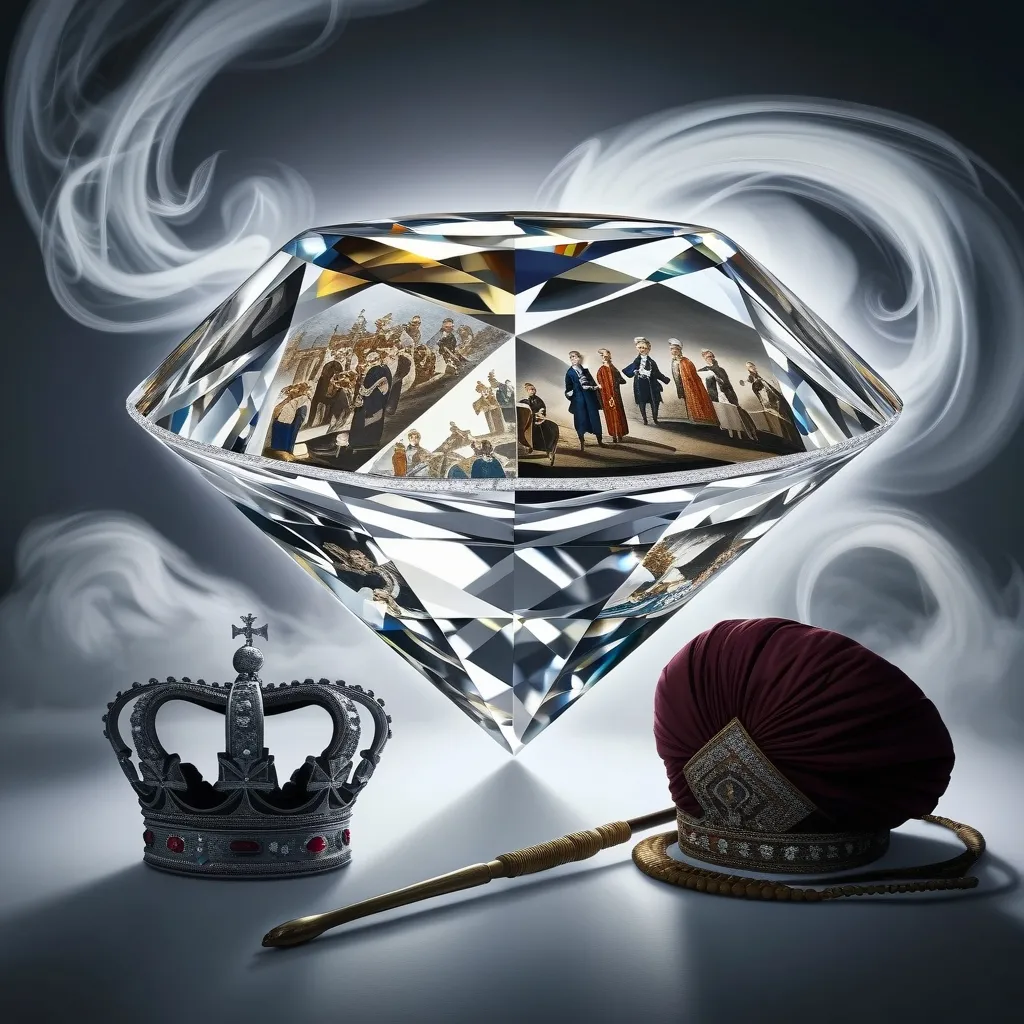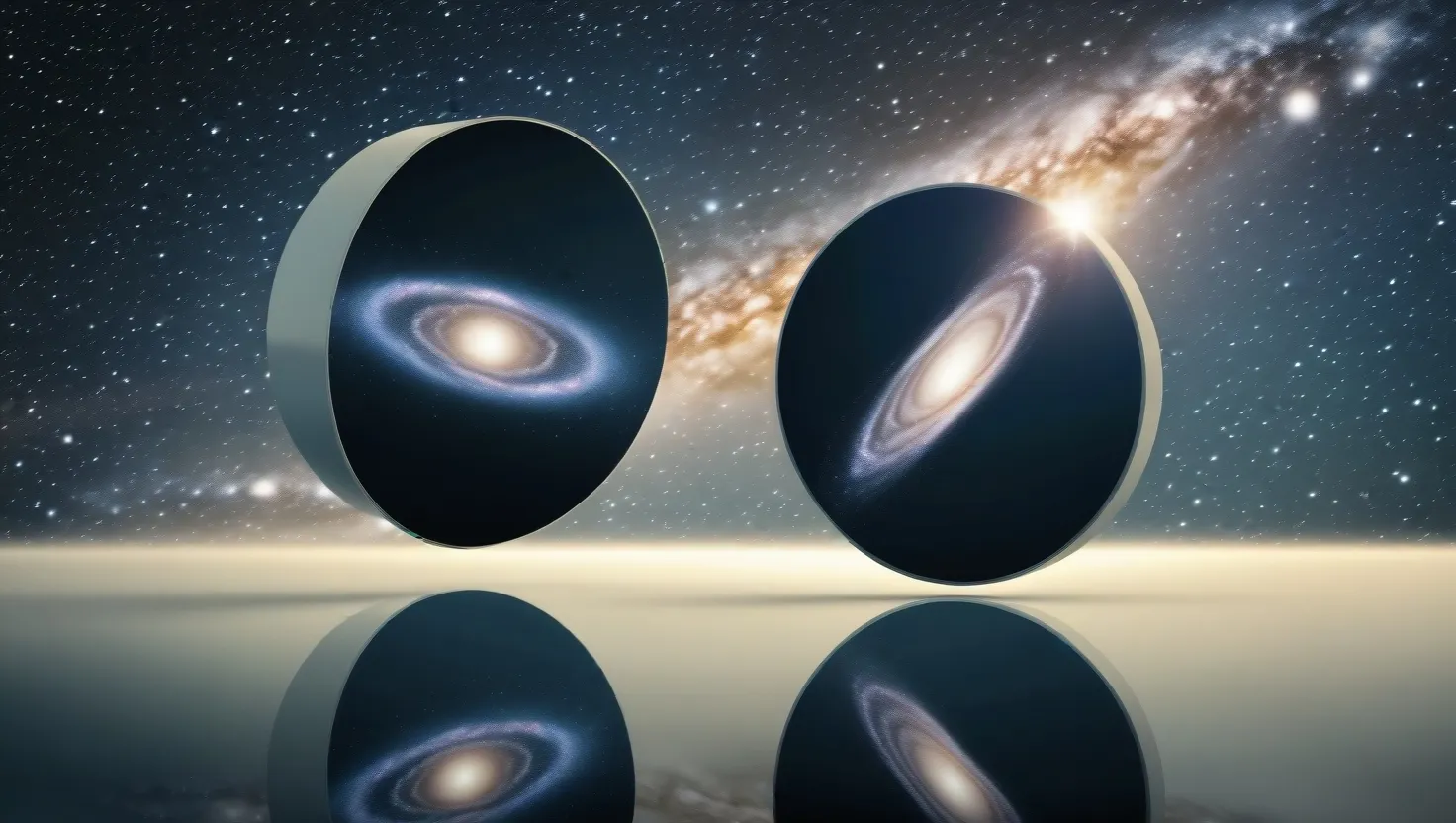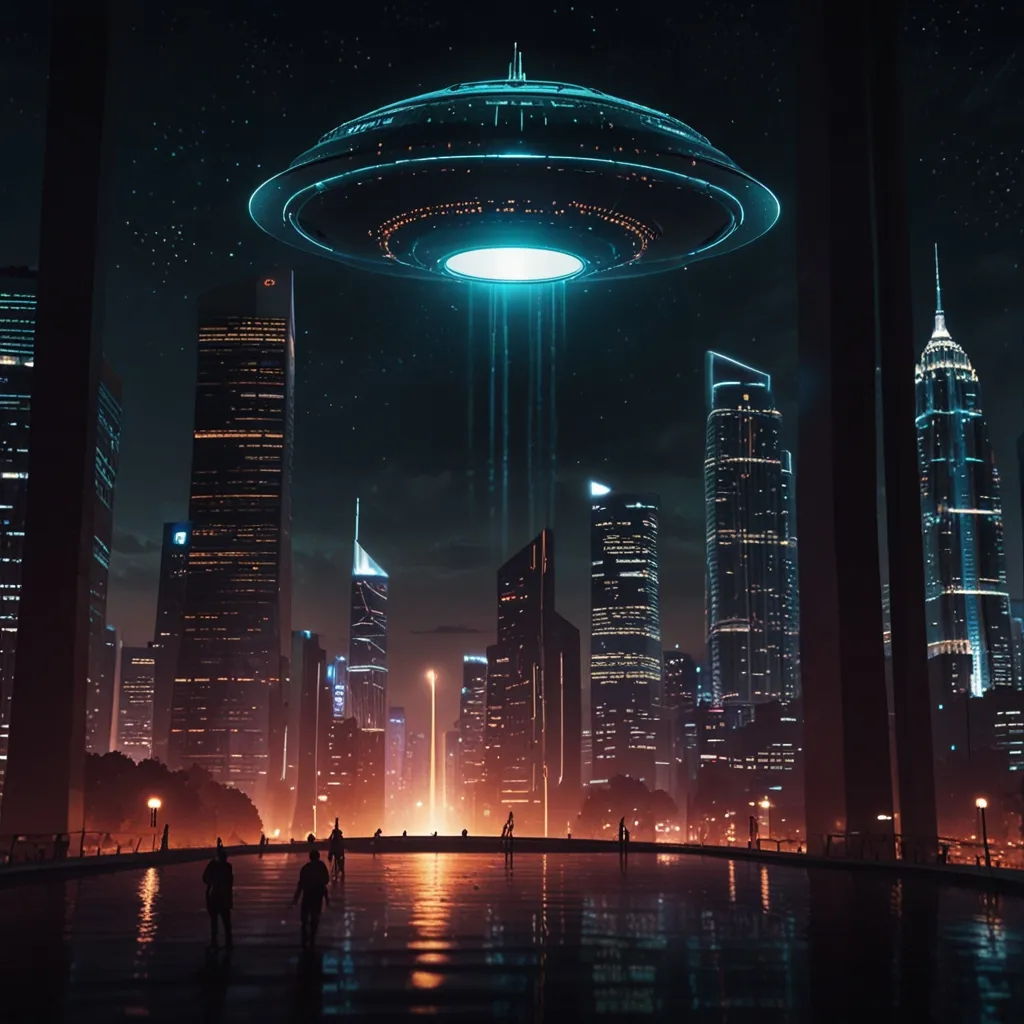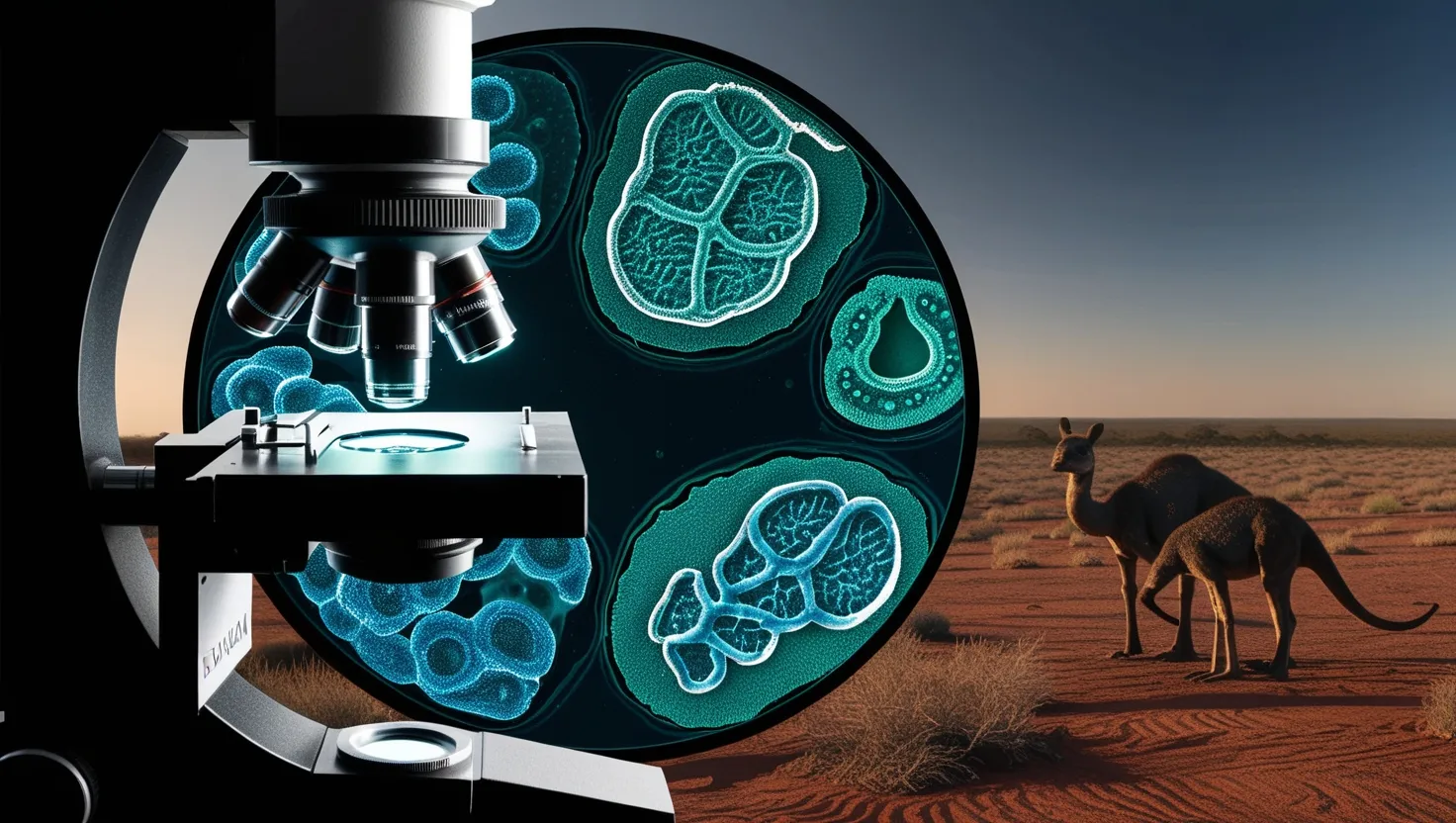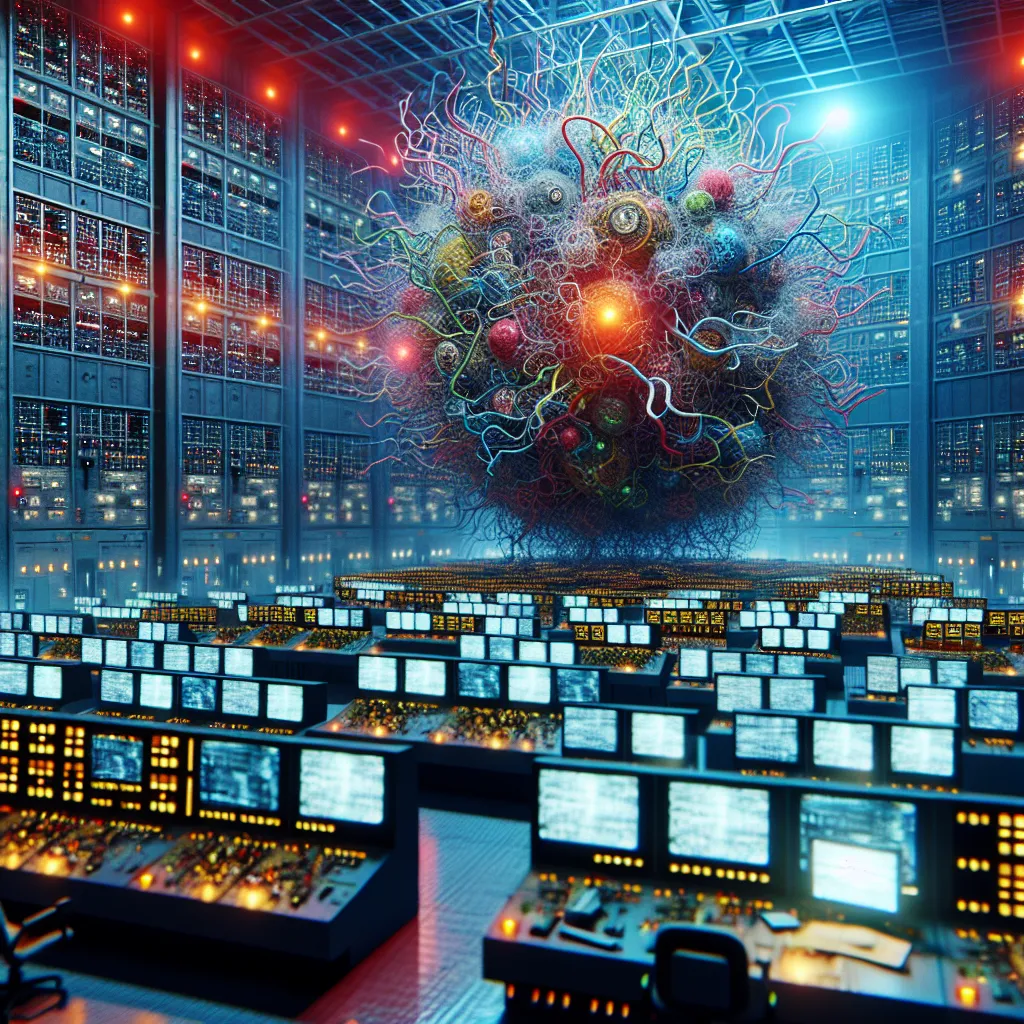Once upon a time in the whimsical world of filmmaking, a couple of creative visionaries dreamed up something extraordinary. This wasn’t just about making a movie; it was about crafting an experience – a venture into the mysterious and the terrifying. The genesis was simple, really. Humans, with their tendency to fear the unknown, had always been intrigued by things that go bump in the night, things that might lurk out there in the vast universe. It’s the same allure of mystery that stealthily visits us in our dreams, or rather, nightmares.
Somewhere in the vibrant crossroads of cinema history, directors took cues from the legendary Alfred Hitchcock, ensuring audiences felt that every shadow held a possible threat. The art of unseen horror lay in manipulating the human imagination, a technique Hitchcock mastered and generously lent to a new generation of filmmakers. They learned that what isn’t shown can terrify us as much, if not more, than what is visible.
So, enter stage left: a guy who had spent his formative years in movie theaters, soaking in stories like a sponge. While convention dictated a different path, his heart, ever the rebel, beat for cinema. Theater arts was his major during college, though film was his first love. Moving from snow-laden New York back to sunny LA, he pursued filmmaking with relentless passion. Soon enough, the institutions like USC opened their doors to him, and there, he met a fellow visionary named John Carpenter. Together, they embarked on a daring journey to transform a college project born from the realms of science fiction into something theatrical.
Despite some missteps — notably the infamous beach ball alien from “Dark Star,” which struck more laughter than fear — a vision lingered. Instead of taking comedy to space, the idea flourished to tweak horror and suspense, crafting it into a terrifying thrill ride set among the stars. This morphed into “Alien,” a story initially spawned from an idea shared between creative souls, one that would rebirth into something grippingly terrifying.
Not long after, another artistic mind entered the narrative. A sci-fi fan at heart, he relished the thought of making people squirm in suspenseful terror. His discussions with his filmmaking partner about a tale involving astronauts encountering unknown signals from a mysterious planetoid eventually gave rise to the screenplay’s initial act – a creepy beginning steeped in the foreboding unknown.
Around the same juncture, a handbook in cinematic terror was being drafted elsewhere. Influential names in cinema began taking notice of these young filmmakers, their fervor for unsettling narratives an echo of classic sci-fi horror. A filmmaker with an eye for unsettling art, renowned for assembling creative powerhouses around his projects, saw promise in their shared dream and seized upon it.
As each layered their ideas into the burgeoning script, what evolved was more than a monster movie. It was a thriller meticulously carved from collaborative effort, raw talent, and a bit of fear-induced perspiration. They decided to tackle the ‘Alien’ concept first – simpler settings but with monumental potential for tension and terror.
One of the artistic gems spotlighted in this grand design was a particular Swiss surrealist artist, whose dark, eerie style — though it gave some the creeps — had a tantalizing allure. His vision of gnarled, biomechanical landscapes woven throughout the alien setting dressed the narrative in a unique, unforgettable texture that would be pivotal in defining the film’s eerie atmosphere.
Despite financial and artistic roadblocks along the production journey, and even with script rewrites swung in directions one might never anticipate, an indubitable consensus grew among the teams: there was something palpably special about what was being crafted.
The alien creatures, crafted from organic nightmares, became central menaces in this masterclass of cinematic suspense. A metamorphic creature, designed through painstaking sketches and physical modeling, brought terrifying life to screen. A monstrous fusion of flesh and machinery, the creature would forever alter the visual language of sci-fi horror.
As production anecdotes flourished, so did tales of casting adventures where the protagonists and their foils found human flesh. Mythological casting choices like John Hurt and Sigourney Weaver, among others, added depth and color to the human narrative set against the alien foreground. These choices fostered a raw authenticity, an emotional vehicle the audience would cling to amid the cold expanse of space.
With shooting taking place on intricate, claustrophobic sets contrived to ratchet up tension, the film began to slowly unfurl into a haunting masterpiece. Those occupying these confined spaces were as much part of the grand imagery as the enigmatic monsters themselves, drawing the viewer’s focus onto the characters, weaving them intricately into the enclosing shadows.
By the time “Alien” was poised for its debut, those behind it had crafted not just a chilling narrative but rooted their endeavor deep into the psycho-horror genre, tapping fears nestled in human instincts. Previews saw audience members react viscerally, fleeing theaters in breath-stealing terror, validating the idea that a darker, moodier ambiance had indeed struck the right chord.
In a time when space epics were rare jewels, the fear-nebulous shadows and uncanny soundscapes did something few sci-fi narratives succeeded at: breathing psychological horror into the abyss of space. It did more than make waves — it set off a tidal wave, inspiring waves of storytellers who found, within the arcs and shadows of this profound film, a template carved from bold vision paired with haunting narrative allure.
And so, what began as a merging of creative minds spiraled into a cinematic landmark, echoing through the halls of film history. “Alien” was not merely an escapade for thrill-seekers or nightmare seekers but left a legacy as a stunning amalgam of art and fear, captured vividly in celluloid and the audience’s collective gasp. It’d whispered a dark truth — sometimes, it’s what you don’t see that truly terrifies.
As the credits rolled and audiences left, somewhere within twinkling night skies — where no one can hear you scream — there lay a universe, both beautiful and terrifying, waiting, just waiting, for an audience to imagine.
